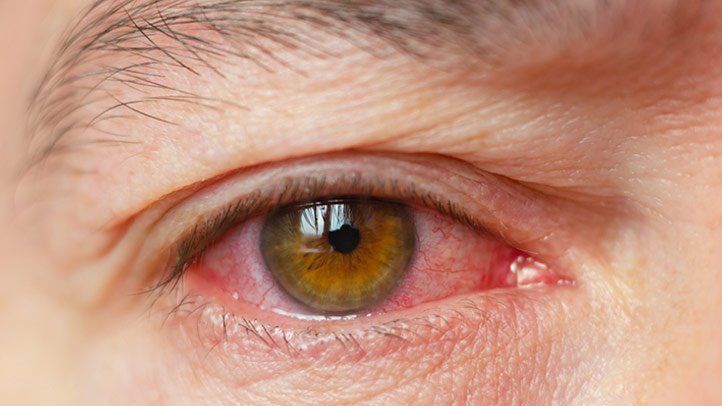Introduction
Dry eye syndrome, also known medically as keratoconjunctivitis sicca, is a prevalent condition affecting millions of people worldwide. It occurs when the eyes do not produce enough tears or when the tears evaporate too quickly. This deficiency can lead to inflammation, discomfort, and potential damage to the surface of the eye. Understanding the causes, symptoms, and treatment options available is essential for managing this condition effectively.

What Causes Dry Eye Syndrome?
Dry eye syndrome can result from various factors, which can be classified into environmental, medical, and lifestyle influences. Here are some of the most common causes:
1. Decreased Tear Production:
– Aging: Tear production naturally decreases with age, making older adults particularly vulnerable.
– Hormonal changes: Fluctuations in hormones, especially in women during pregnancy or menopause, can affect tear production.
– Medical conditions: Conditions like diabetes, rheumatoid arthritis, and thyroid disorders can contribute to dry eyes.
2. Increased Tear Evaporation:
– Environmental factors: Dry, windy, or smoky environments can accelerate tear evaporation.
– Digital eye strain: Prolonged screen time reduces blink rates, leading to faster evaporation of tears.
– Contact lenses: Wearing contact lenses can increase the risk of dry eyes, especially if they are worn for extended periods.
3. Autoimmune Disorders:
– Conditions such as Sjögren’s syndrome and lupus can actively damage tear-producing glands, worsening symptoms of dry eye syndrome.
Recognizing the Symptoms
Symptoms of dry eye syndrome can vary widely among individuals but typically include:
– A gritty or burning sensation in the eyes
– Redness or inflammation of the eye area
– Blurred vision that may fluctuate
– Excessive tearing, paradoxically, as the eyes attempt to compensate for dryness
– Sensitivity to light
Identifying these symptoms early is crucial for effective management and avoiding further complications, such as corneal damage or infections.
Diagnosis of Dry Eye Syndrome
Diagnosis of Dry Eye Syndrome typically involves a comprehensive eye examination conducted by an eye care professional. Key diagnostic methods include:
1. **Medical History**: The doctor will review your symptoms, any known medical conditions, and medications that may contribute to dry eye.
2. **Tear Break-Up Time (TBUT)**: This test measures how long it takes for tears to evaporate from the surface of the eye.
3. **Schirmer Test**: This test uses strips of filter paper to measure tear production.
4. **Ocular Surface Staining**: Special dyes may be used to highlight areas of dryness or damage on the eye’s surface.
Treatment Options for Dry Eye Syndrome
Effective treatment for dry eye syndrome often requires a multifaceted approach tailored to the severity and underlying cause of the condition. Here are some common treatment options:
1. **Artificial Tears**: Over-the-counter lubricating eye drops can provide temporary relief by supplementing natural tears. It’s essential to choose preservative-free options for regular use.
2. **Prescription Medications**: In cases of severe dry eyes, your doctor may prescribe medications like cyclosporine (Restasis) or lifitegrast (Xiidra) to reduce inflammation and promote tear production.
3. **Punctal Plugs**: These tiny devices can be inserted into the tear ducts to block drainage, helping tears to remain on the eye surface for a longer period.
4. **Lifestyle Changes**: Simple adjustments can help alleviate symptoms, such as:
– Limiting screen time and taking regular breaks (20-20-20 rule).
– Using humidifiers in dry environments.
– Staying hydrated.
5. **Nutritional Support**: Omega-3 fatty acids present in fish or supplements may benefit tear quality and reduce symptoms.
Conclusion
Dry eye syndrome is a common yet often overlooked condition that can significantly impact a person’s quality of life. By understanding its causes, symptoms, and treatment options, individuals can take proactive steps to manage their condition. If you experience persistent symptoms of dry eyes, consulting an eye care professional is vital to receiving personalized care and maintaining ocular health. Remember, early intervention can make a substantial difference in managing this condition effectively.
Leave a Reply